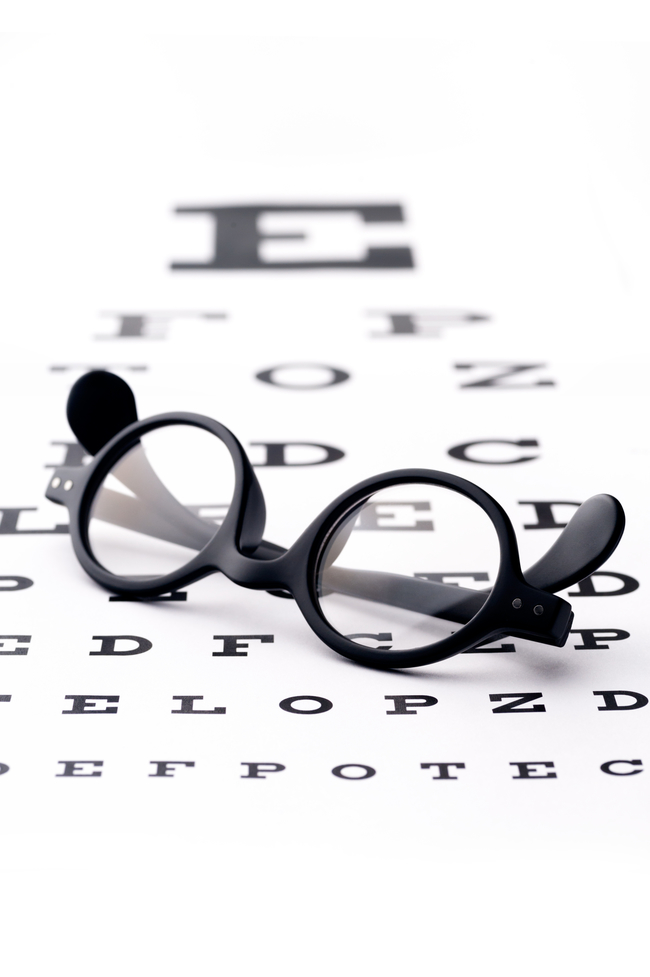If you took a grammar class in middle or high school, you probably remember the reference to the 5 ‘Ws’. You know – who, what, when, where, why? These are the five basic questions you learned to ask when gathering basic information or undergoing a problem-solving process. They are the foundation of journalistic writing and form the framework of police reports. Ultimately, they are the framework for getting the ‘whole story’ and if one is missing, then a response is incomplete.
This blog will use the 5 ‘Ws’ to explain the purpose of the eye exam!
• Who? Who should get an eye exam? Everyone. That’s right – everyone. It does not matter if you are confident that you have perfect eyesight. (After all – that was the outcome of your last eye exam – why should you expect anything to change?)
• What? The only option should be a comprehensive eye exam. This vision assessment will consider everything from a glaucoma check to a visual fields assessment, refraction and binocular vision testing, dilation and retina assessments and much more. Additional and separate tests may be run for such things as contact lens wearing or other issues unique to the individual.
• When? When should you have a comprehensive eye exam? That depends on your age and other factors such as genetics and previous outcomes. Eye exams should be performed every two years for adults who have normal vision. After the age of 60 the vision tests should be done annually. However, children should have their first eye exam at 6 months, then at 3 years of age, then prior to entering kindergarten and then annually after that. The best time is before the beginning of each school year.
• Where? Where to have an eye exam? Many schools and workplaces offer free vision screen on site. That is the best place to start. Also develop a relationship with your local eye professional.
• Why? Why have an annual comprehensive eye exam? The reason is simple but profound. An eye exam can reveal the beginning stages of a disease or vision issue that could respond to interventions more readily and successfully at the beginning of a health-challenge cycle. It may save your sight in the end. But a comprehensive eye exam may also reveal systemic conditions as well such as diabetes.
• What? The only option should be a comprehensive eye exam. This vision assessment will consider everything from a glaucoma check to a visual fields assessment, refraction and binocular vision testing, dilation and retina assessments and much more. Additional and separate tests may be run for such things as contact lens wearing or other issues unique to the individual.
• When? When should you have a comprehensive eye exam? That depends on your age and other factors such as genetics and previous outcomes. Eye exams should be performed every two years for adults who have normal vision. After the age of 60 the vision tests should be done annually. However, children should have their first eye exam at 6 months, then at 3 years of age, then prior to entering kindergarten and then annually after that. The best time is before the beginning of each school year.
• Where? Where to have an eye exam? Many schools and workplaces offer free vision screen on site. That is the best place to start. Also develop a relationship with your local eye professional.
• Why? Why have an annual comprehensive eye exam? The reason is simple but profound. An eye exam can reveal the beginning stages of a disease or vision issue that could respond to interventions more readily and successfully at the beginning of a health-challenge cycle. It may save your sight in the end. But a comprehensive eye exam may also reveal systemic conditions as well such as diabetes.
Make Island Eyecare your first choice for eye exams and all things related to your vision.


